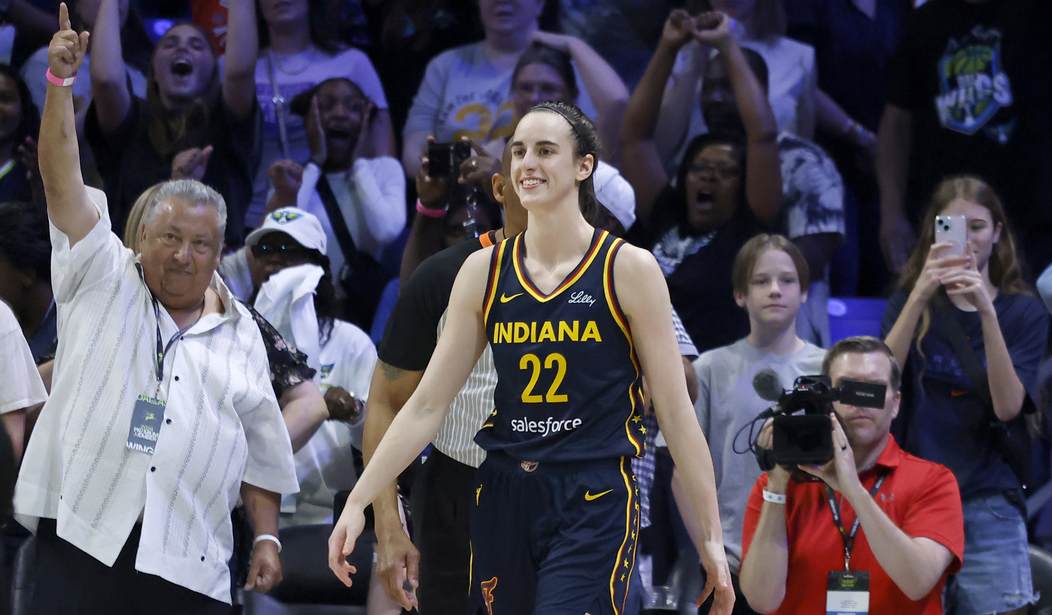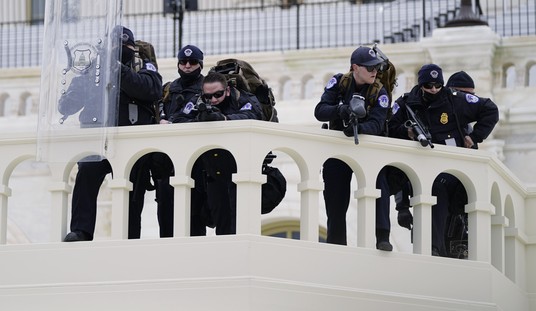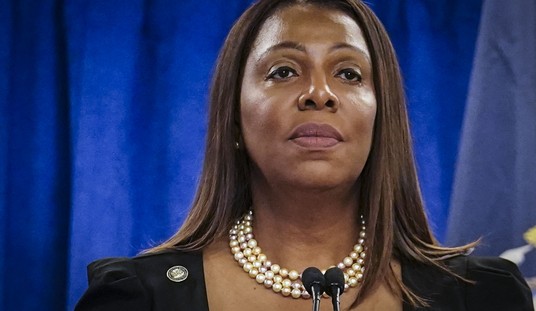"Pay us what you owe us."
That message was emblazoned on the shirts of WNBA players as they marched out onto the courts as part of a way to strong-arm the league through public opinion into giving the female WNBA players a good raise during the upcoming collective bargaining agreement, which includes things like salary, travel policies, maternity benefits, and revenue sharing.
As my colleague, Bonchie, noted in the initial RedState report about this publicity stunt, this would be bad news for the players of the WNBA, because if they really wanted to play the "fair pay" card, they'd end up owing the league millions of dollars as the WNBA has always operated at a loss:
In 2024, the WNBA lost $40 million despite experiencing its highest popularity ever due to Clark. In 2025, the league is projected to lose a whopping $50 million. What exactly are they owed in that scenario? Would each player wearing a "Pay Us What You Owe Us" shirt like to receive a bill for their portion of their league's losses? Will they be paying the NBA and other investors what they are owed for propping up the WNBA for decades?
Read: WNBA Players Decide That Becoming Even More Insufferable Is the Right Play
The reason it's operated at a loss has been apparent for some time. People aren't as enthusiastic to watch it as the NBA, and before accusations of sexism pop up, it has nothing to do with not enjoying watching females play sports. In fact, the U.S. proved it's more than enthusiastic to do so on several occasions, namely during the Olympics and international soccer games... ya know, before Megan Rapinoe muddied the water.
It's a skill issue.
WNBA basketball games are slower, clumsier, and lower scoring. When you watch the NBA for a while, then try to get in a WNBA game, it's like going from a perfectly cooked medium-rare ribeye to a well-done ribeye. It's the same meat, but the taste profiles are wildly different.
Of course, that all changed when Caitlin Clark arrived on the scene. Suddenly, the skill level was elevated and people started becoming more interested in the game, and not by a little. According to Reuters, when Clark is on the screen, ratings receive a boost that has network execs and ad companies seeing dollar signs:
The Fever's win against the defending WNBA champions drew an average of 2.2 million viewers with a peak of 2.8 million, according to Nielsen numbers released Tuesday by ESPN.
That average was up a whopping 76 percent over last season's average audience for WNBA games on ABC. So far in 2025, viewership is up 15 percent from 2024 across ESPN's platforms.
If anyone deserves to be wearing a shirt that says "pay us what you owe us," it's Clark, who is single-handedly making the WNBA something to tune into.
If you need further proof, when she's not on-screen, people tune out. According to USA Today, when Clark was out with an injury back in June, WNBA viewership fell by 55 percent:
- Nationally televised WNBA viewership is down 55% since her injury, according to Nielsen.
- Fever national TV games are down 53% since Clark's injury – 1,810,000 average viewers before her injury and 847,000 viewers since her injury for Fever national TV games.
There are bright spots here and there. As my colleague Jerry Wilson noted in his recent coverage of the WNBA, the Golden State Valkyries are drawing attention and ticket sales, but I would say it's 95 percent Clark.
Read: RedState Sports Report: Golden State Valkyries Are the WNBA’s Unicorn
But in today's world a lot of advertisement is drama on social media, and Clark's treatment at the hands of less-talented and jealous WNBA players willing to get violent are carrying a lot of the social media buzz.
You've probably seen the videos yourself. Clark is often on the receiving end of what are clearly moves intended to harm her, such as nails to the eyes, knees to the kidneys.
This is how WNBA players try to defend Caitlin Clark 😭💀 pic.twitter.com/lZyb2Y68G3
— Hater Report (@HaterReport_) June 19, 2025
And some of these obvious fouls go completely uncalled by the referees. As ridiculous as it is that Clark has to endure this, it only elevates her fame. The drama around Clark's treatment is prime social media discussion soil, further elevating Clark's name.
And I'd be remiss not to mention Clark's teammate, Sophie Cunningham, a blond bombshell enforcer who will make you pay for harming Clark when she gets the chance.
Caitlin Clark finally had a teammate have her back after being attacked.
— TaraBull (@TaraBull808) June 18, 2025
Meet Sophie Cunningham pic.twitter.com/V8nBqKd2zQ
But outside Clark, this all kind of counts as drama. Even the t-shirts demanding a raise is drama.
And at some point, that drama will run dry. Clark isn't going to be in the WNBA forever, and when she's not, what happens to it when the ratings decline and the advertisers begin pulling out? What will the WNBA run on then?
The league should hyper-focus on bringing in Clark-level skill. I'm sure they're out there, and once they do, the WNBA will become a real contender in the ratings market, resulting in more fans and more money. Until then, the brutal truth is that the WNBA runs on Caitlin Clark and whatever orbits her at the moment.














